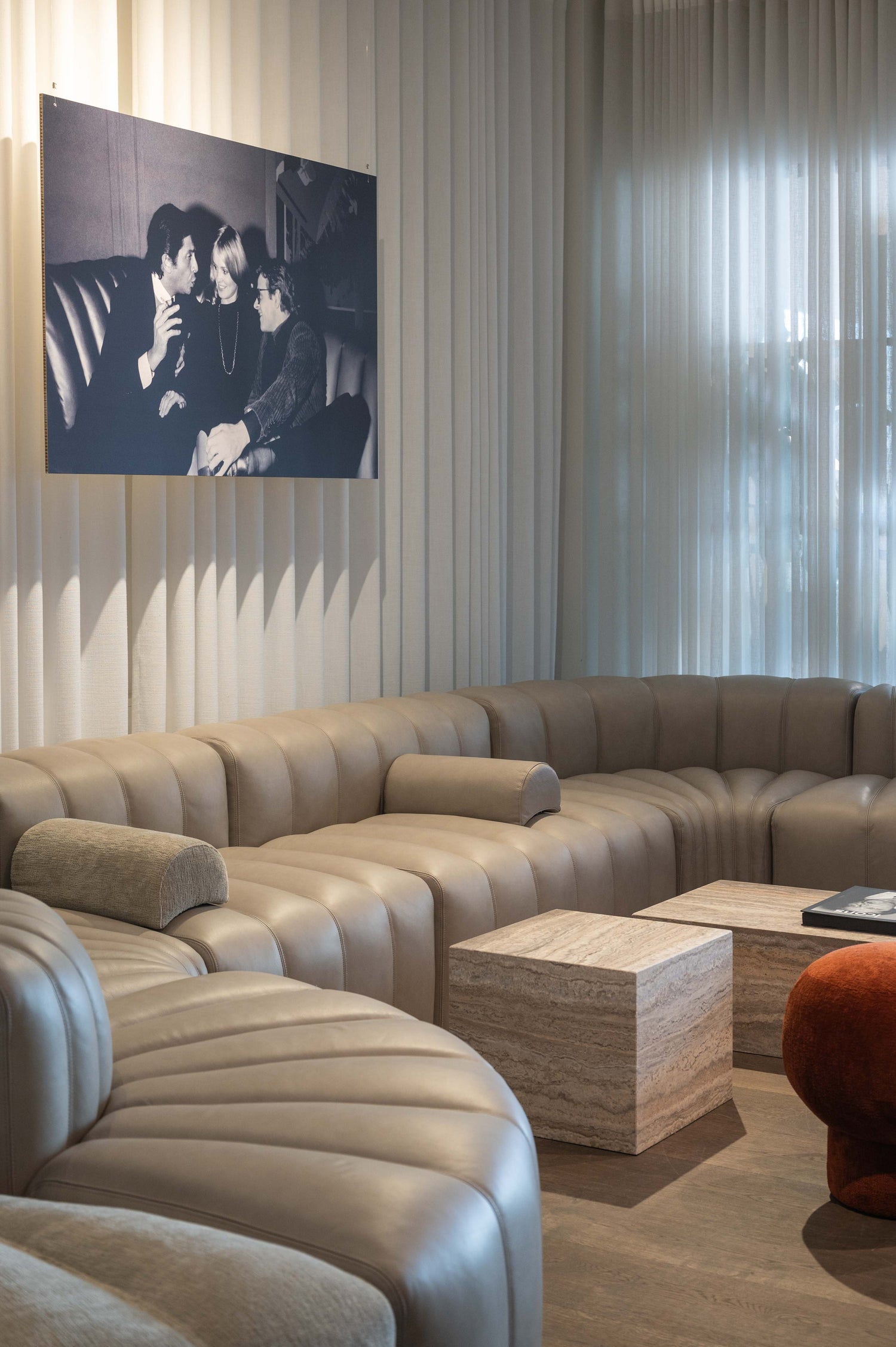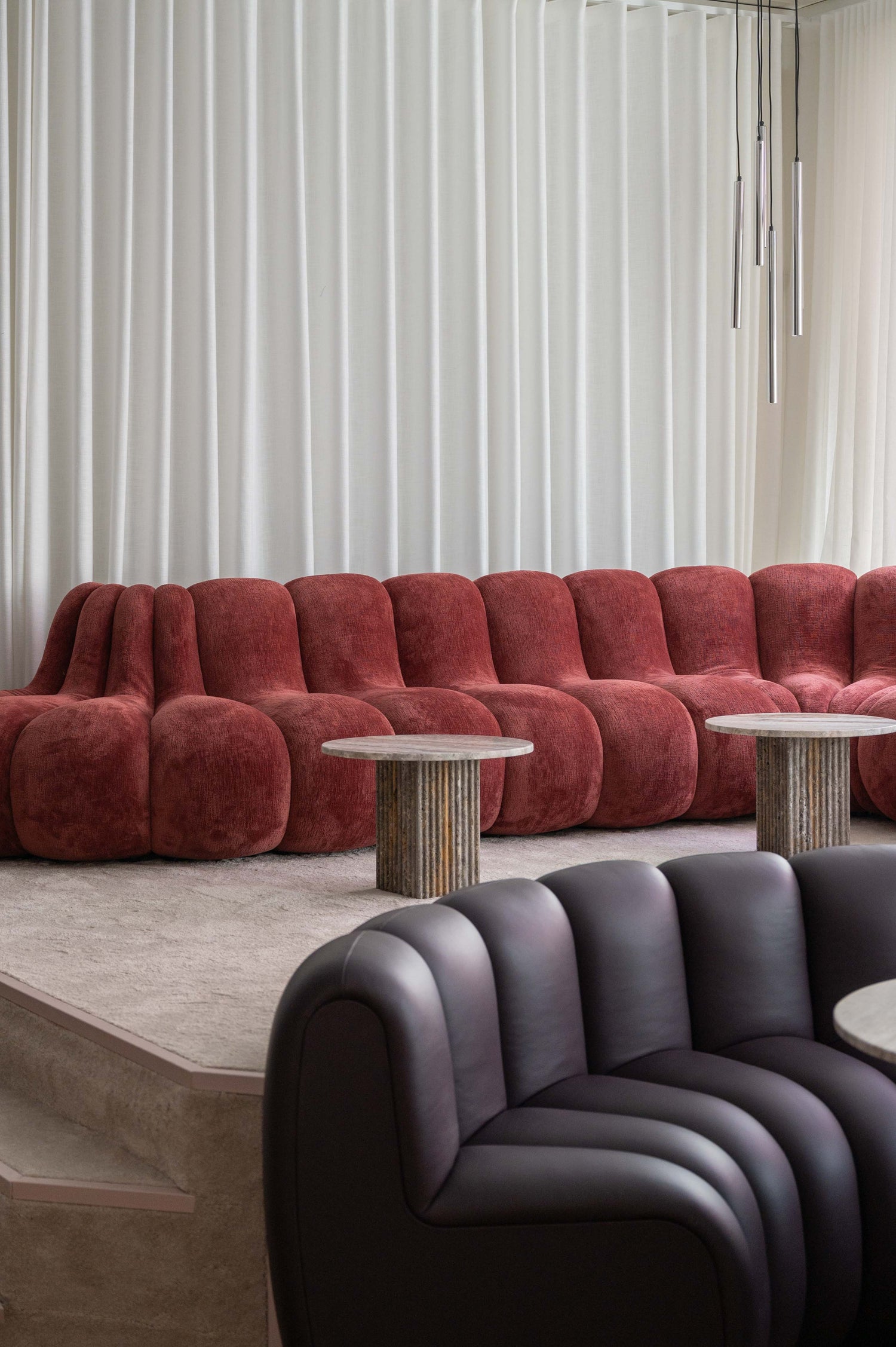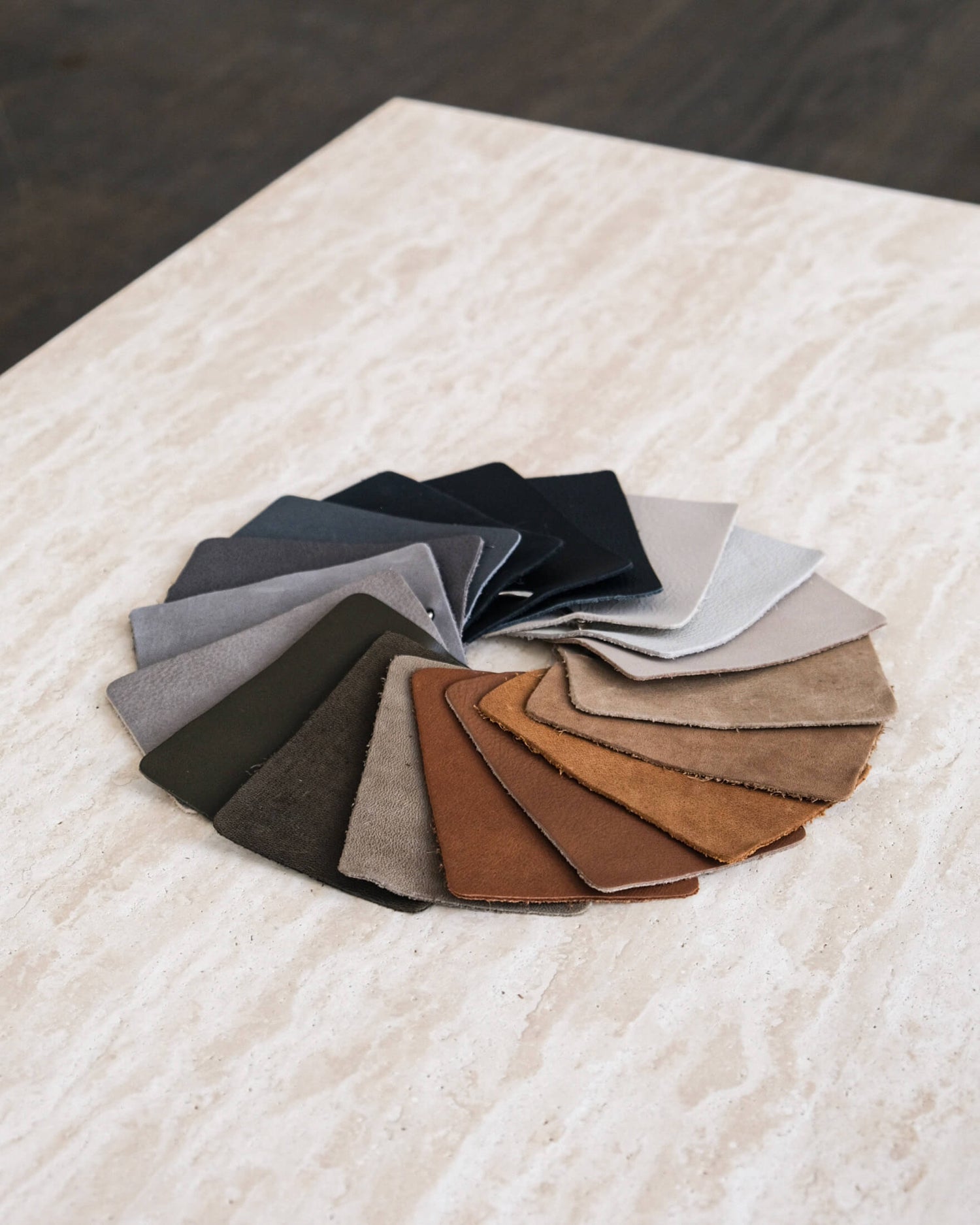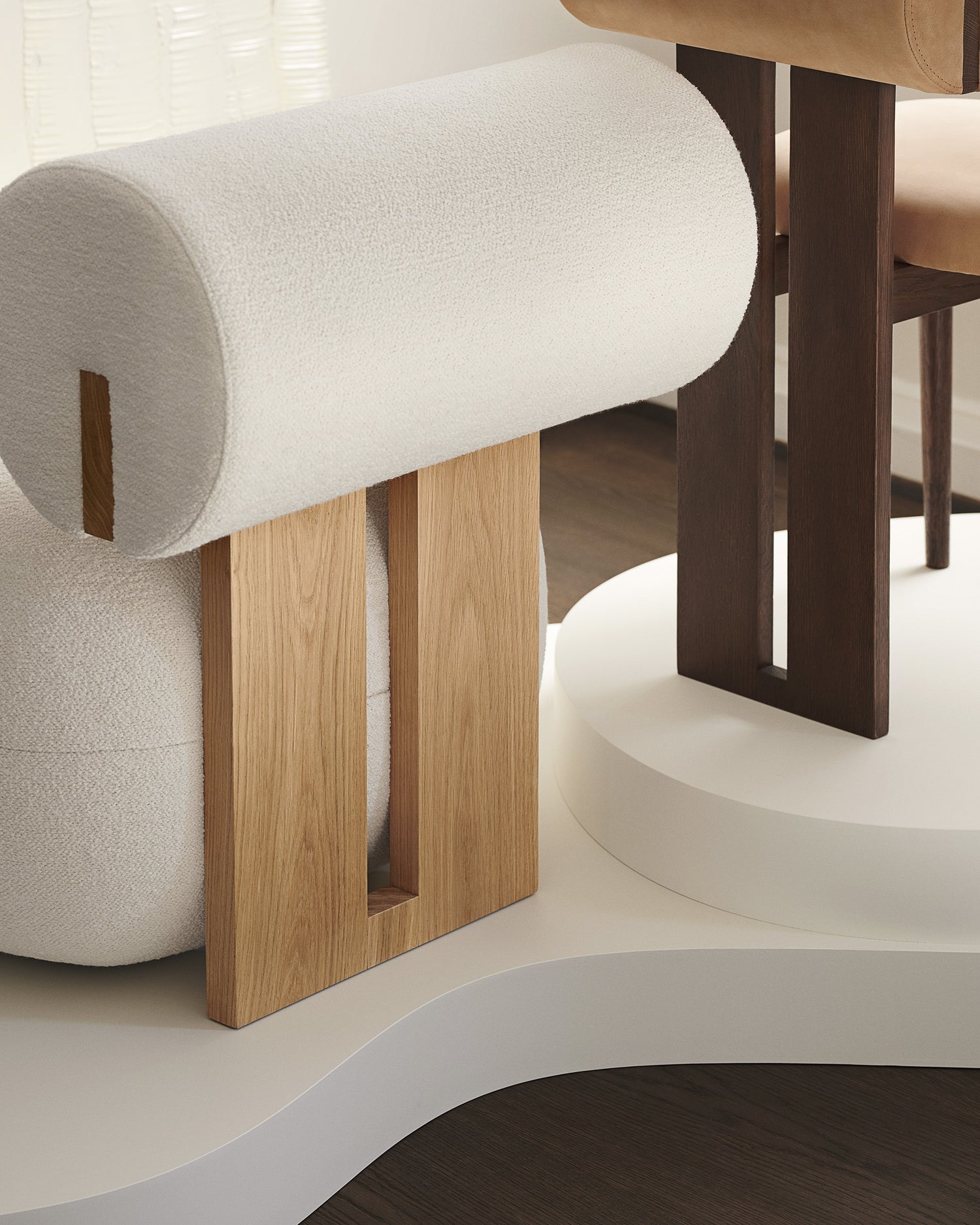NORR11 at 3daysofdesign 2025
Can a room change your state of being?
The idea had already started to simmer last year, at 3daysofdesign. Different decorated rooms were placed side by side, and it was noticeable how you could feel the difference as you walked from one to the next. “That really stayed with us,” said Iben Wistrup Schwaner, Co-CEO and Chief Commercial Officer at NORR11.

This year, we have taken that feeling seriously. Under the theme I Am, visitors were invited into a series of rooms, each representing a different human state of being. An exhibition that explored how space and design influence moods, emotions and experiences. Each room began with I Am…, followed by a state of being: Playful, Focused, Embraced, Open-Minded, Bold and more.

For Iben, the project tapped into something deeper. In her own personal development, she has become more aware of how much our senses actually mean. How much the body picks up on before the brain does. She sees it as a response to a world overly focused on doing. What we can do. How we can do more. It’s a constant state of productivity. Of thinking and analyzing. That goes for furniture too, where the focus is often more visual. And while Iben is a visual person, she believes there’s more to design than what meets the eye.
That was why the exhibition focused on what you feel when you’re in a room. It was a bodily experience as much as a mental one. By naming the rooms I Am… Bold, Embraced, Focused etc., visitors were invited into a state of being rather than a state of doing. And that distinction matters. Where doing is about output, being is about inner awareness. A state that can’t be measured, only felt.

And the purpose of the exhibition was to leave visitors with more than they came with. Reflection. Or inspiration. Hopefully something they would carry into their own practice.
“In our industry, most builds on top of what’s already there. But sometimes, we need to take it all apart. View it from a new angle,” Iben said.
And what was presented this year wasn’t analytical. It was intuitive.
“We didn’t follow the data. We followed the excitement,” Iben said. “We could text each other on a Saturday night saying, ‘There’s something about this that doesn’t feel right,’ and we were so eager to meet up next week and sense our way back.”
She continues:
“There are so many conflicting studies. One says a color means one thing, another says something else. We didn’t go down that path. We approached it purely. What do we sense? Of course, this also meant the exhibition contained more subjectivity. But on the other hand, we are the ones closest to sensing the brand’s DNA. And while we followed intuition, we always had the DNA in mind. So it wasn’t just our personal views.”

This approach was also reflected in how the furniture was dressed. Bold fabrics. Unexpected combinations. Textures and patterns. Not something NORR11 is typically known for. This year, however, the furniture was dressed in expressive textiles from brands like French Élitis and Lelievre among others. Texture and pattern were given more space than usual.
Still, being bold and open-minded has always been part of our DNA. The furniture is known for its sculptural and bold design expression and for dividing opinions. The furniture can be described as opinionated and the exhibition was no different.

That showed in rooms like I Am Open-Minded, which invited visitors to explore new combinations and let inspiration in. I Am Embraced was a space designed to hold you. And I Am Bold? It featured a champagne bar and our take on what it means to dare to be yourself. In fact, NORR11’s vision is to create “design that sparks curiosity” and this year, that intention was felt throughout.
As with last year, and in general, the exhibition included several creative collaborations. Scent designer Nadia Holm Nielsen, NadiLakai Studio, created custom scents for the rooms. Artworks by Kristina Dam and Atelier 1991 were part of the décor, alongside pieces by Simon Ganshorn, whose previous collaboration with us explored rummelighed. Each room also had its own curated playlist.
By focusing on being rather than doing, the exhibition was also a comment on just how much our surroundings shape us. Not only visually, but physically, emotionally and mentally. And perhaps design plays a greater role in that than we tend to realise.

